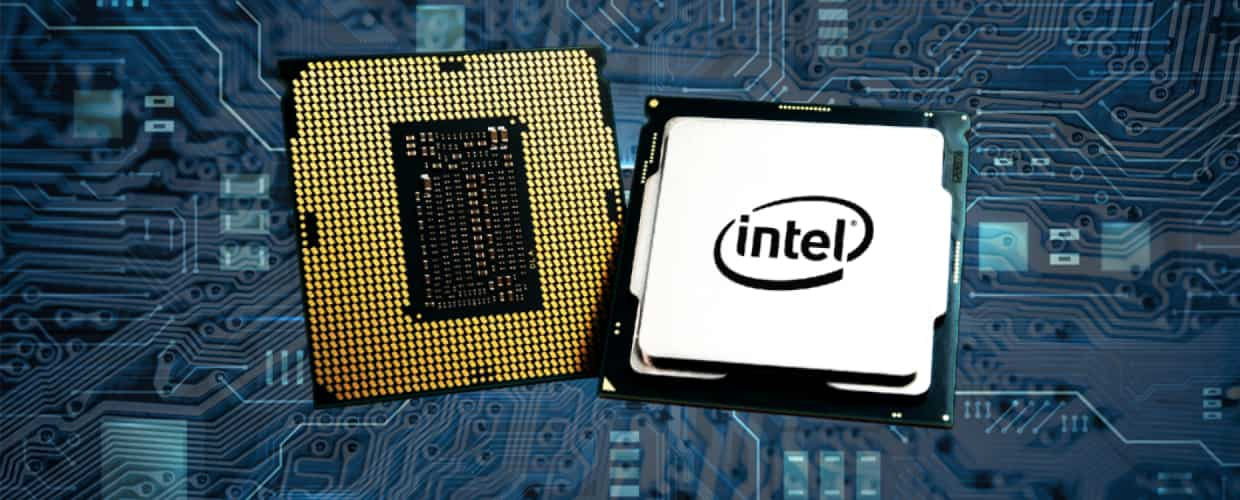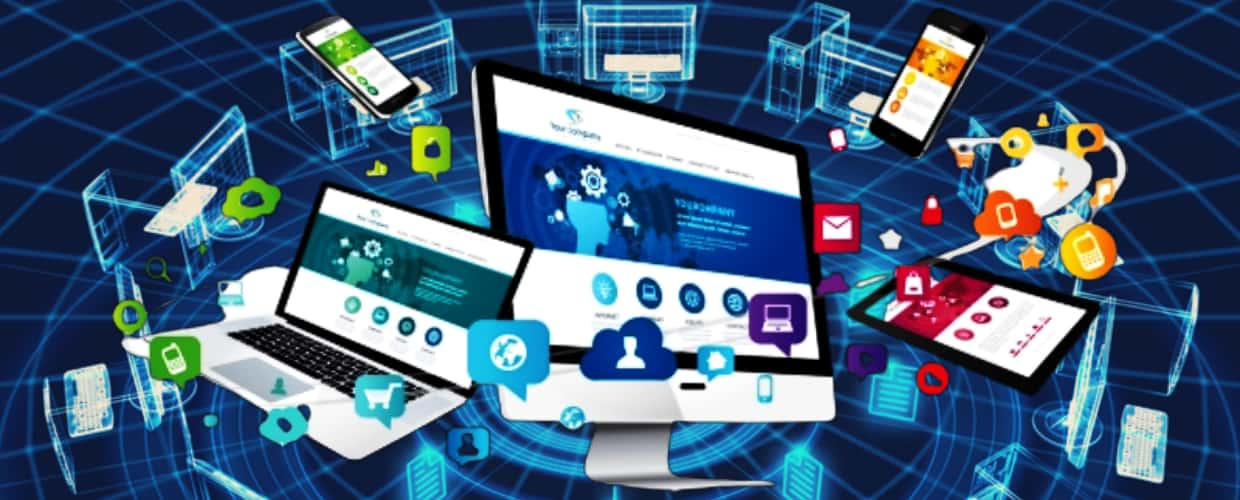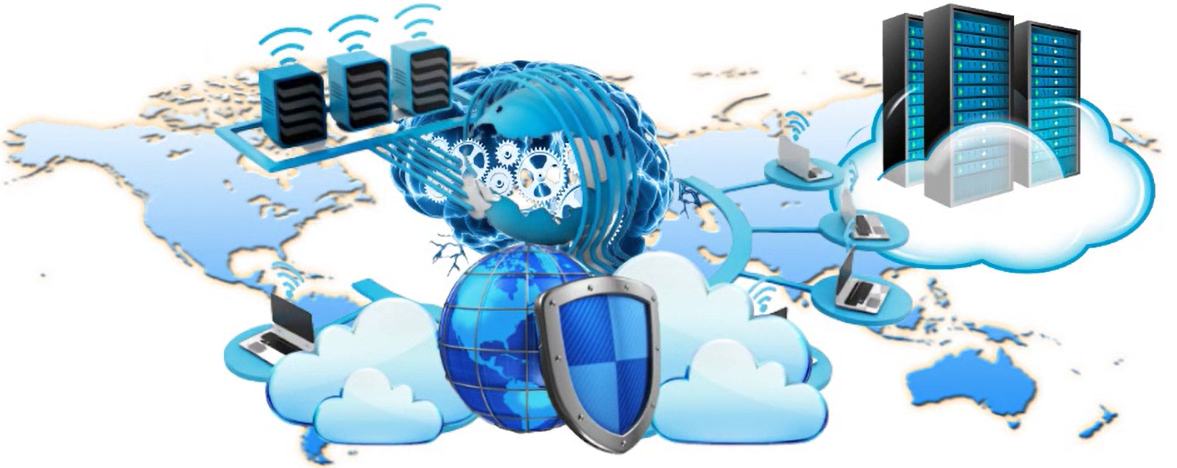Microprocessors have revolutionized the computing world, making it possible to create smaller, more powerful, and more energy-efficient devices. This article discusses the microcontroller, the history of the microcontroller, and its importance.
What is a Microprocessor?
Microprocessors are small electronic devices that perform a computer’s basic arithmetic, logic, and control functions. The microprocessor is often called the “brain” of the computer, and the microprocessor contains millions of transistors used to perform calculations and execute instructions.
Microprocessors read instructions from memory and execute them one at a time, performing arithmetic and logic operations as needed. The microprocessor also controls the data flow within the computer, communicating with other components to manage input and output operations.
Microprocessors are commonly used in various devices, including personal computers, smartphones, tablets, and other consumer electronics. They are also used in industrial and commercial applications, such as automotive systems, medical equipment, and control systems for manufacturing and other industries. Microprocessors are important because they enable the development of new technologies, increase efficiency and productivity, and provide the computational power necessary for running many modern applications and services.
How does microprocessor technology Begin?
Microprocessors have enabled the development of many new technologies and have helped drive innovation across various industries.
Early Age
The history of microprocessors began in the early 1970s when the first microprocessor, the Intel 4004, was introduced. The Intel 4004 was a 4-bit microprocessor originally designed for calculator use, and it had a clock speed of 740 kHz and could perform up to 60,000 operations per second.
In 1971, Intel introduced the 8008, a more powerful 8-bit microprocessor that could run at speeds of up to 200 kHz. The 8008 was used in various applications, including industrial control systems, calculators, and computer terminals. In 1974, Intel introduced the 8080, the first widely used microprocessor. The 8080 was an 8-bit microprocessor that could run at speeds of up to 2 MHz. It was used in many early personal computers, including the Altair 8800, one of the first commercially successful computers.
In 1978, Intel introduced the 8086, the first 16-bit microprocessor. The 8086 was used in IBM’s first personal computer, the IBM PC, which was introduced in 1981. The IBM PC was a huge success and helped to establish the dominance of the x86 architecture in the personal computer industry.
Modern Age
Throughout the 1980s and 1990s, microprocessors became more powerful and widely used. Companies like Intel, AMD, and Motorola introduced a variety of new microprocessors with increasing clock speeds and more advanced features.
Today, microprocessors are used in various applications, including personal computers, smartphones, automobiles, industrial control systems, and more. They continue to evolve and become more powerful, with multi-core processors now common and clock speeds measured in GHz.
Why are microprocessors important?
Microprocessors have become essential in many devices and systems we rely on daily, and they are important for several reasons.
Computation Power
Microprocessor performs the calculations and logic operations that underlie many computing tasks. They provide the computational power to run software applications, manage data, and process information. Microprocessors can perform complex tasks and provide access to information and services worldwide.
Enable automation
Microprocessors are essential for automation systems used in manufacturing, transportation, and other industries. They enable precise control of machinery and equipment, leading to increased efficiency and productivity.
Connectivity
Microprocessors are used in many devices that connect to the internet, enabling access to information and services from anywhere in the world. They are also used in networking equipment such as routers and switches, essential components of modern communication systems.
Drive innovation
Microprocessors are a key driver of innovation in many industries. Advances in microprocessor technology have led to the development of new products and services, from medical devices to autonomous vehicles.
Conclusions
Microprocessors have had a profound impact on modern technology and society. These small electronic devices have enabled the development of small and portable devices, automation systems, and sophisticated computing applications. As technology evolves, microprocessors will remain a key component for new technologies and drive innovation in various industries.
NOTICE: Visit TechGolly.com to stay informed about technology news, discussions, trends, advice, opinions, directories, markets, Investment Potential, insights, facts and views, insightful analysis, tech observation, and wisdom reflections. TechGolly covers a wide range of the latest technology news, including business news, product news, stock market news, future tech news, and research news. In addition, visit SoftwareAnalytic.com for software reviews, vendor reviews, software in-depth, and opinions. SoftwareAnalytic covers various software, including Accounting Practice Management, Business intelligence, Customer Relationship Management, Cyber Security Solutions, Data Management Platforms, Data Visualization Tools, Enterprise resource planning, Governance, Risk & Compliance, Human Resource Management, Sales Intelligence, Subscription Management, and Supply Chain & Logistics.


















